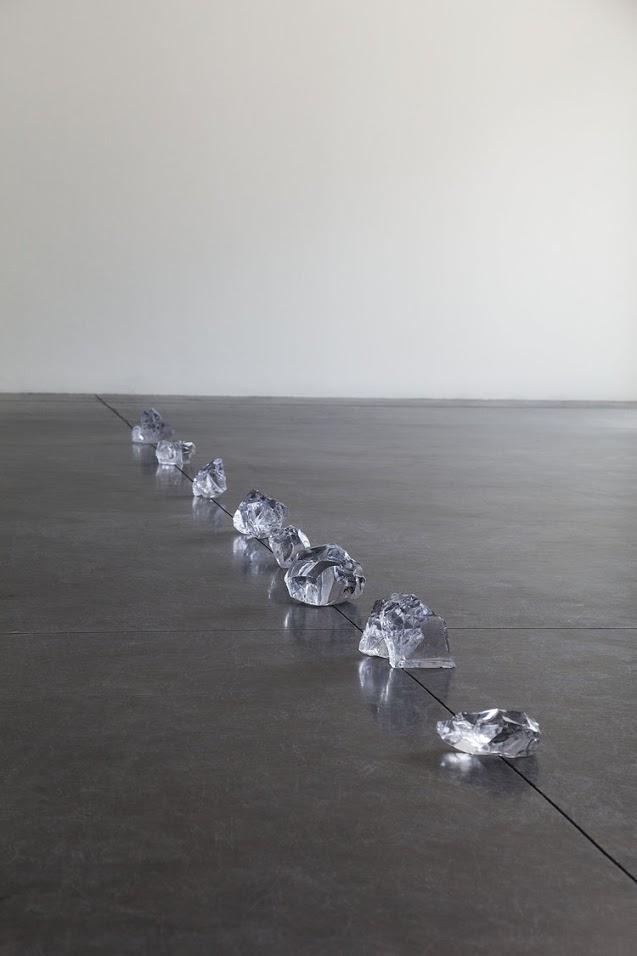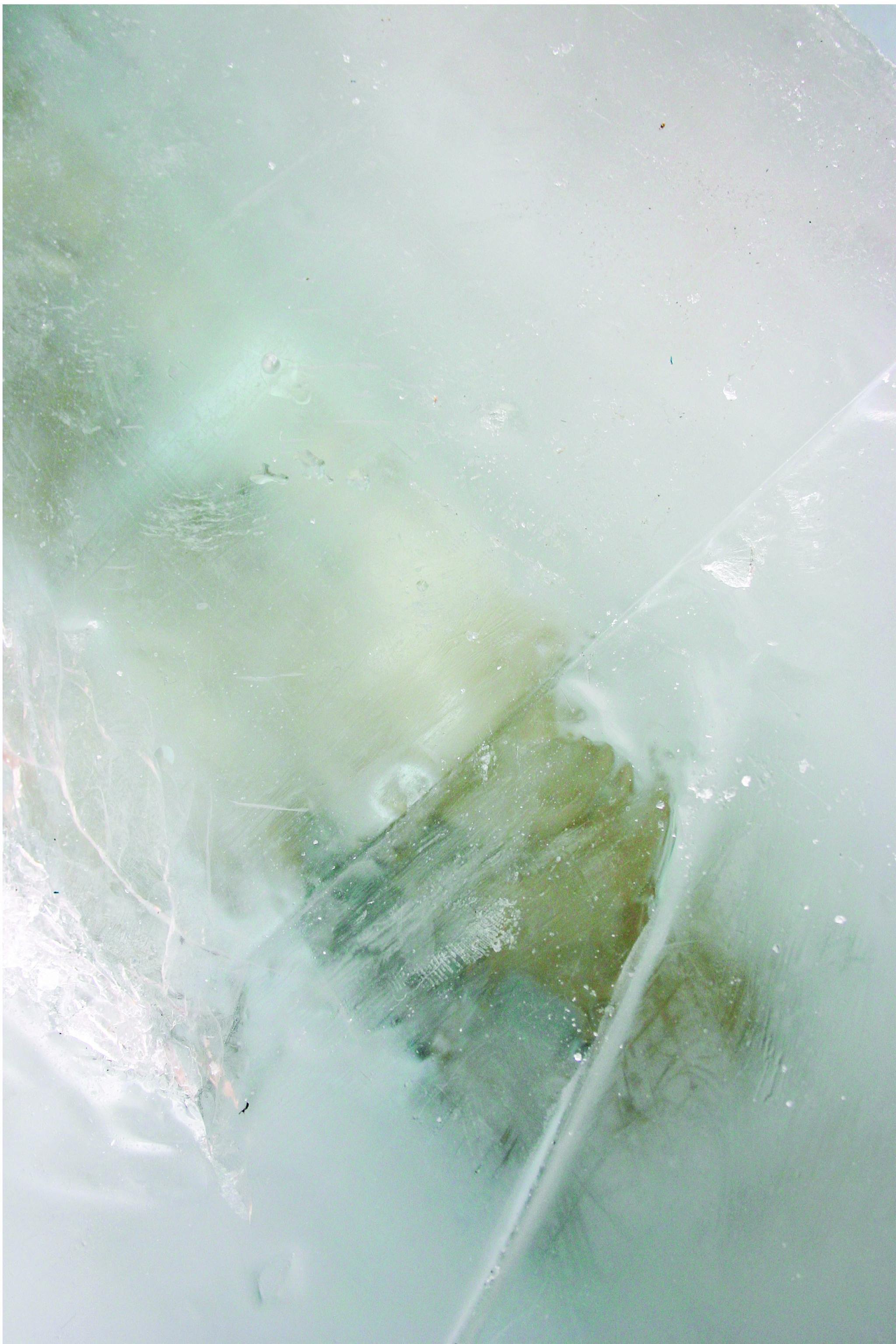Water Cultures Group
CUCR have recently established a new cluster of researchers, activists and artists, interested in the role of water in city life, its public spaces and its publics.
Primary page content
The CUCR itself is located in a historically important place : in a building that formerly housed the Laurie Grove public baths, a centre that brought together the local multicultural community for swimming, bathing and dances on the weekends.
Water lies at the very heart of the interconnectedness and entanglements of humans with their environment and reveals, arguably more than any other substance, the impossibility of thinking of ourselves as separate from nature. Water exists as a resource through a complex intersection of socio- technical networks and systems, and is a site of different cultural meanings and social practices across time and space. Water is enmeshed in a myriad of governmental and regulatory practices as well as private markets and complex forms of provision. Its abundance as well as its scarcity is constituted in public discourses and political decisions, implicated in relations of power as these are, as much as 'natural' occurring phenomena as rains, floods, and drought. Water is far from being the natural resource it is often assumed to be. Nowhere is this more stark than in the Global South, where water shortages are as much about governments’ neglect of poorer communities in the context of water being sold for profit.
This cluster of people aims to bring water into focus, not just as a basic necessity for human life, which it is, but also as a resource which in its myriad of forms enables public spaces to thrive and sustains interconnections and engagements between a multiplicity of individuals and communities across London and beyond.

Images by Wayne Binitie. Wayne's is a PhD student at the Royal College of Art. His work takes inspiration from nature using non-traditional materials. Wayne's practice-based research project explores the sound of ice cores in solid glass.
Ice cores are cylinders drilled out of an ice sheet or glacier. Ranging across 800,000 to 1,000 years of geological time, the cores extend to a 3km depth and contain important records about the climate including temperature and concentration of gases. Significantly, the ice cores contain small bubbles of compressed air that reveal popping sounds from the ancient past.
Wayne Binitie’s art work exploring the fleeting disappearance of the glacial atmosphere in glass as a material sonic trace with the British Antarctic Survey ice-core archive in Cambridge.
Wayne Binitie’s sound installation at One Aldwych swimming pool
Nine Urban Biotopes project with CUCR on art and urban sustainability

Publications
- Sophie Watson (2016) Liquid passions: the place of water in the making of connections and politics in public space. Submitted for publication
- Sophie Watson (2015) Mundane objects in the city: Laundry practices and the making and remaking of public/private sociality and space in London and New York. Urban Studies 52: 5 876- 890
- Sophie Watson (2015) Smart Practices: Reflections on the Smarter Home Visit in two London boroughs
- CRESC Working Paper Series Working Paper No. 140
- Sophie Watson (2006) City Publics: the (dis)enchantments of Urban Encounters. London and New York, Routledge
Grants and Research Projects
- 2014 - 2015 Thames Water. Smarter Home Visits project £10,000
- 2012 – 2014 International Collaboration on art and urban sustainability in Europe and Africa
Links
- Sophie Watson Water Matters in Public Space. Lecture at the European University of St Petersburg May 2016.
- Nine Urban Biotopes Article and link to the 9UB ebook on Google play and iTunes
- Article by Les Back on the History of Laurie Grove Baths where the centre is located.